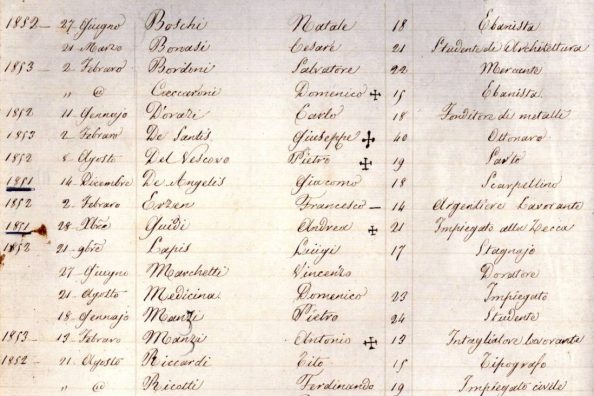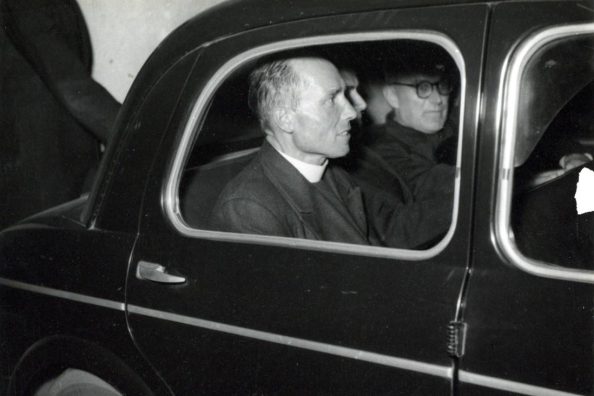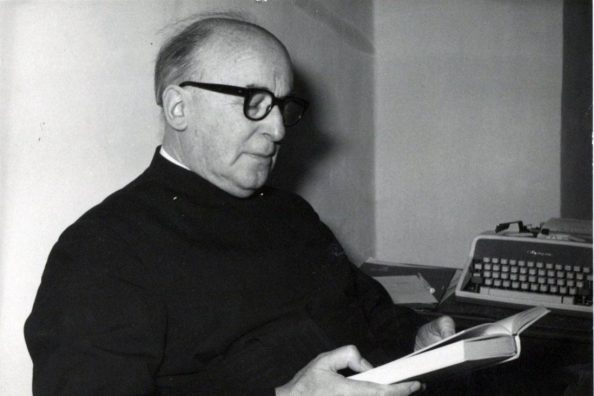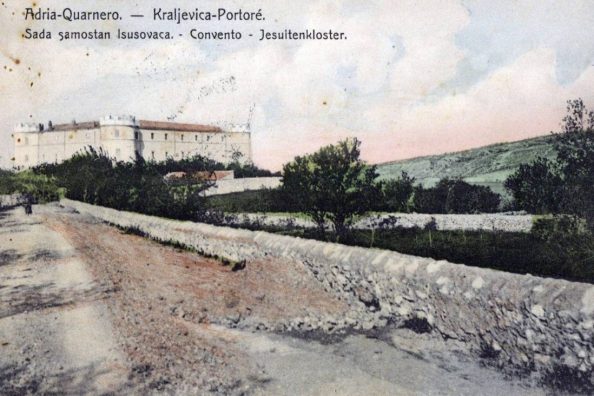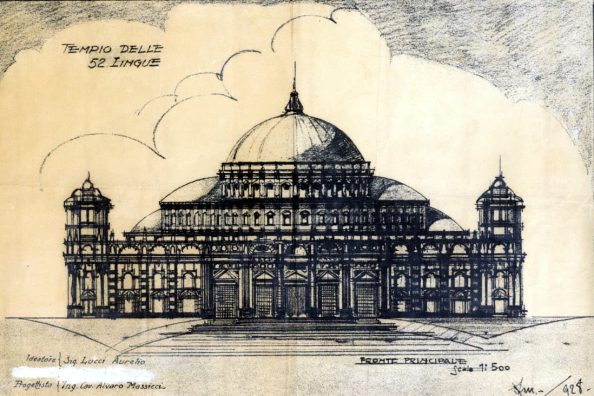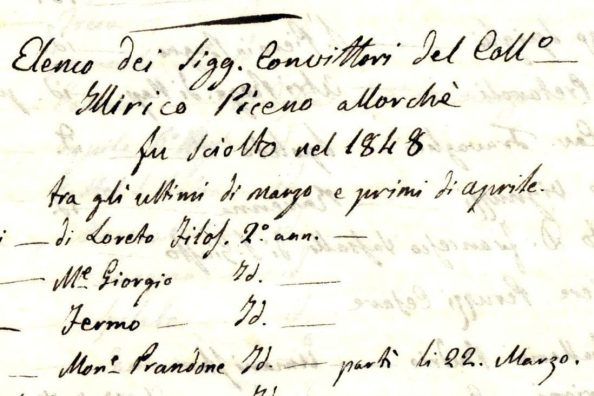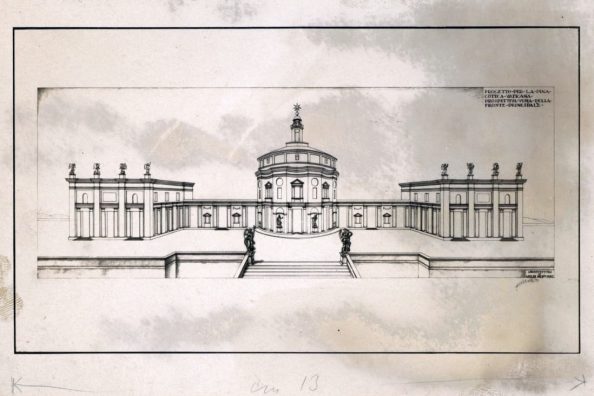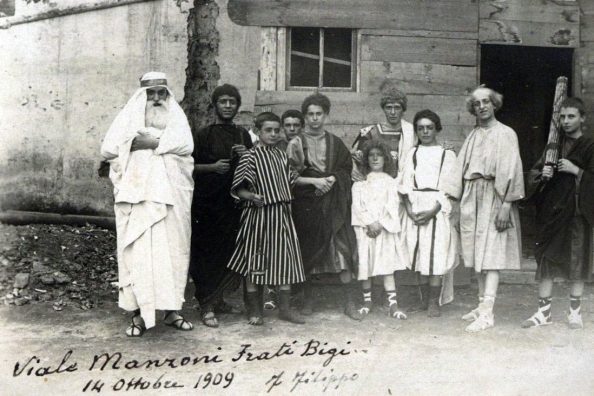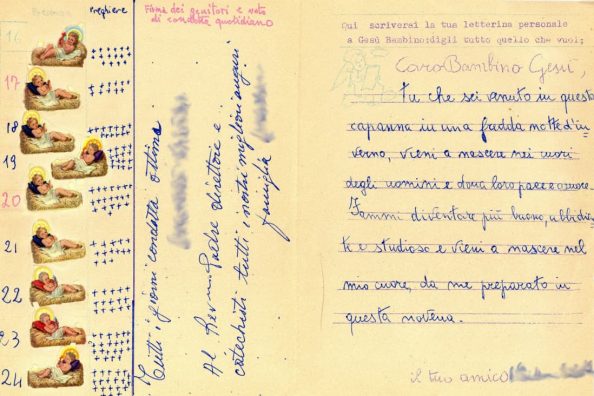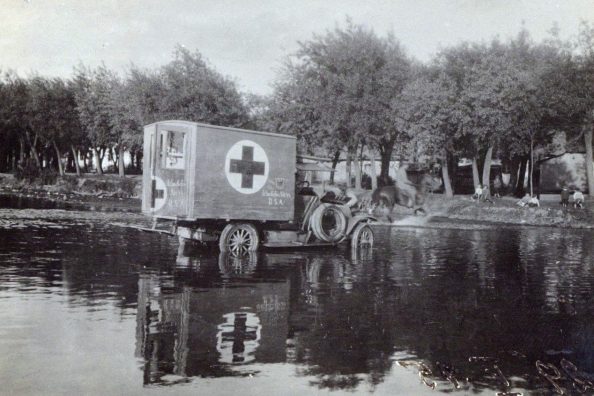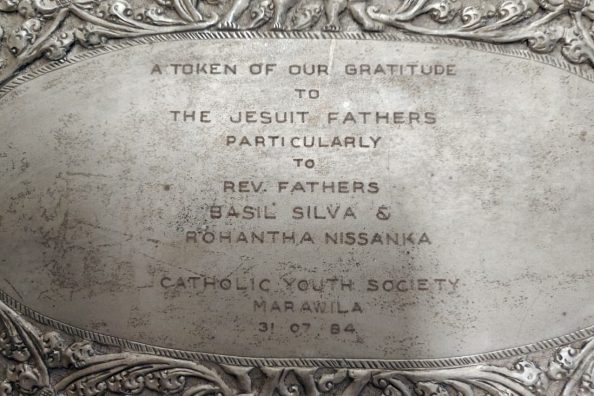Guidelines for the cook

In every Jesuit residence, novitiate or retreat house, certain people – lay people or Jesuits – are responsible, today as in the past, for the provision of food and the preparation of food. Have you ever wondered what Jesuits ate in the 19th century? Or what instructions were given to the brother cooks or the food servers? We will delve into this… gastronomic question in several ‘stages’.
Today we enter the canteen of one of the Company’s novitiates and discover behind the scenes in the kitchen, thanks to a small note kept in our historical archive.
According to these directives, which remain anonymous but were signed by the Provincial of the time, it was important for the cook to prepare simple food, not adulterated by any ‘drugs’, i.e. spices that could cover the flavour or conceal the non-freshness of the meat. It was also important to serve it hot and on time.
From the prescriptions we deduce that in the novitiate canteen, probably because of the large number of people, there were two shifts for meals and there must have been many inconveniences if the writer emphasises the importance of not serving cooked soup for the first shift to the diners of the second, of avoiding long waits or confusion in the service, of taking care that the food was not raw or burnt.
The anonymous author recalls the importance of cooking without using ‘untumi’ and ‘too much salt in the food and particularly in the soup’ and above all to serve dishes dry and without water from cooking ‘because decency and cleanliness at the table demand it’.
It was recommended to mix flour well in soups or broth with the prohibition of ‘gnocchi’, it is not clear whether the writer is referring to the need not to form lumps with flour in soups or whether gnocchi were excluded from the menu at all.
The manuscript, which arouses the reader’s curiosity, is not the only source for investigating food choices at Jesuit tables: in the house diaries there is no lack of references to food eaten at feasts or on special occasions.
Other interesting sources on dietary and gastronomic habits are to be found in the Mondragone College fund, where many photos of the pupils are preserved even during meals.
The aspect of proper and sufficient nutrition was particularly felt by the Fathers who, during the “out-of-town” trips organised by the College for each dormitory, did not fail to include a stop at some restaurant, certainly particularly appreciated by the boarders. This, however, is another story…
Maria Macchi
